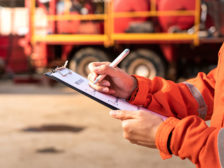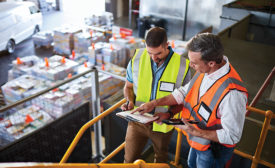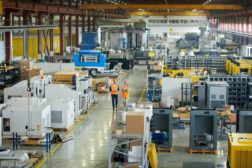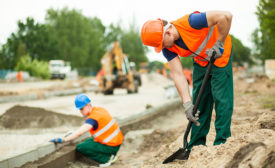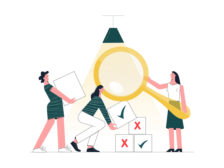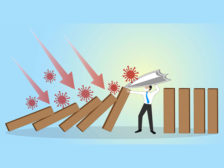Risk Management
Thought Leadership
Are we our own worst enemy? Optimize safety leadership skills though peer feedback
July 15, 2021
Thought Leadership
Consider personal perceptions and levels of transparency when assessing risk to improve safety
June 30, 2021
Thought Leadership
Risk Management: subjective perspectives, risk assessments and ethical dilemmas
May 13, 2021
Never miss the latest news and trends driving the safety industry
eNewsletter | Website | eMagazine
JOIN TODAYCopyright ©2024. All Rights Reserved BNP Media.
Design, CMS, Hosting & Web Development :: ePublishing
